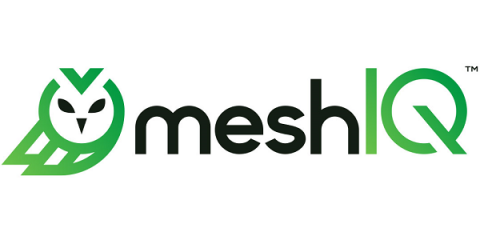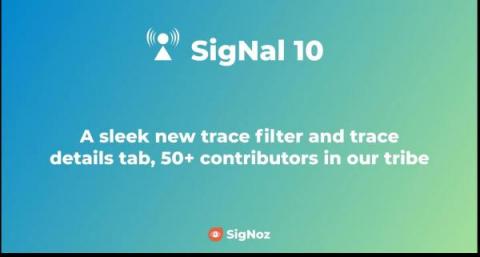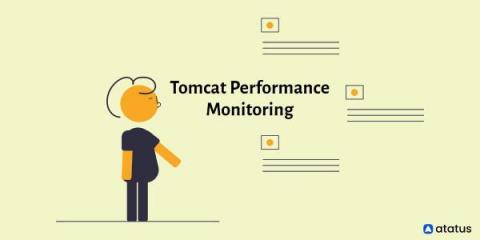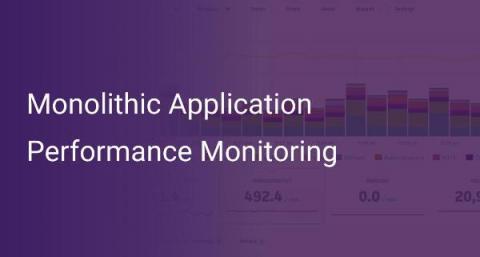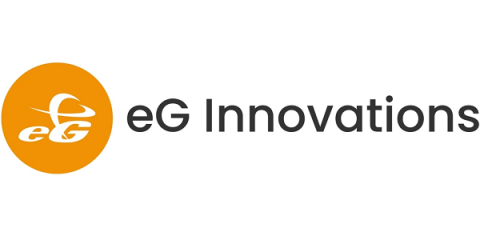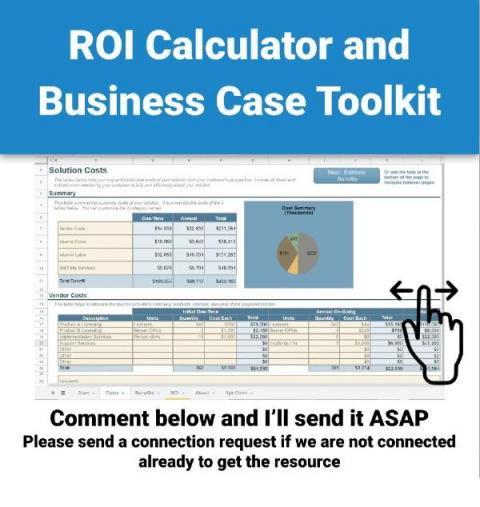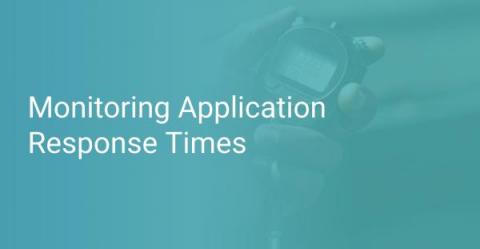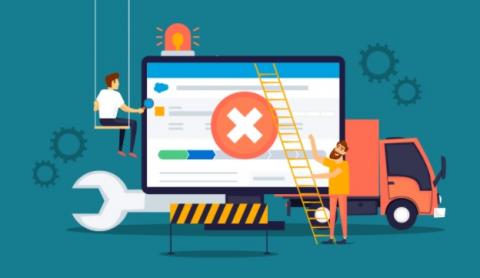Why You Need APM-and How it Works
There’s a lot to consider when engineering and implementing software, whether as an update patch or a newly-introduced product. End users have certain expectations when introduced to new or updated software—at the top of the list are aesthetics, ease of use, stability, and response time—the last two of which can be significantly improved when you employ application performance management or APM.


